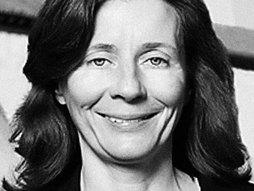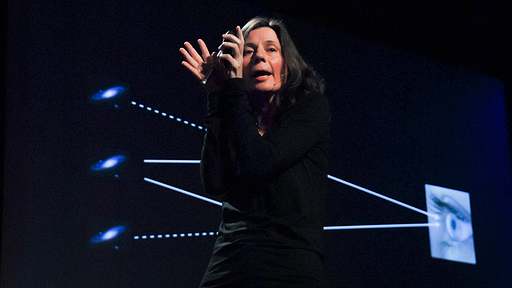TED-Ed answers the question: what is dark matter and what does it have to do with stars?
Spiral galaxies are a stunning sight. As Don Lincoln explains in one of this week’s TED-Ed lessons, these galaxies were thought to rotate in highly predictable dances, with stars close to the center moving slowly and stars further away rotating quickly because they are pulled by the mass of the stars between them and the […]
Continue reading
